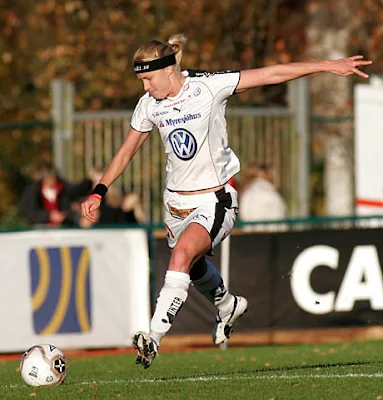Fri Jun 5 Day and Night
17:30 local | 16:30 GMT 1st Match, Group B - England v Netherlands
Lord's, London
Sat Jun 6
10:00 local | 09:00 GMT 2nd Match, Group D - New Zealand v Scotland
Kennington Oval, London
Sat Jun 6
14:00 local | 13:00 GMT 3rd Match, Group C - Australia v West Indies
Kennington Oval, London
Sat Jun 6 Day and Night
18:00 local | 17:00 GMT 4th Match, Group A - Bangladesh v India
Trent Bridge, Nottingham
Sun Jun 7
13:30 local | 12:30 GMT 5th Match, Group D - Scotland v South Africa
Kennington Oval, London
Sun Jun 7 Day and Night
17:30 local | 16:30 GMT 6th Match, Group B - England v Pakistan
Kennington Oval, London
Mon Jun 8
13:30 local | 12:30 GMT 7th Match, Group A - Bangladesh v Ireland
Trent Bridge, Nottingham
Mon Jun 8 Day and Night
17:30 local | 16:30 GMT 8th Match, Group C - Australia v Sri Lanka
Trent Bridge, Nottingham
Tue Jun 9
13:30 local | 12:30 GMT 9th Match, Group B - Netherlands v Pakistan
Lord's, London
Tue Jun 9 Day and Night
17:30 local | 16:30 GMT 10th Match, Group D - New Zealand v South Africa
Lord's, London
Wed Jun 10
13:30 local | 12:30 GMT 11th Match, Group C - Sri Lanka v West Indies
Trent Bridge, Nottingham
Wed Jun 10 Day and Night
17:30 local | 16:30 GMT 12th Match, Group A - India v Ireland
Trent Bridge, Nottingham
Thu Jun 11
13:30 local | 12:30 GMT 13th Match, Group F - TBC v TBC (D1 v A2)
Trent Bridge, Nottingham
Thu Jun 11 Day and Night
17:30 local | 16:30 GMT 14th Match, Group E - TBC v TBC (B2 v D2)
Trent Bridge, Nottingham
Fri Jun 12
13:30 local | 12:30 GMT 15th Match, Group F - TBC v TBC (B1 v C2)
Lord's, London
Fri Jun 12 Day and Night
17:30 local | 16:30 GMT 16th Match, Group E - TBC v TBC (A1 v C1)
Lord's, London
Sat Jun 13
13:30 local | 12:30 GMT 17th Match, Group E - TBC v TBC (C1 v D2)
Kennington Oval, London
Sat Jun 13 Day and Night
17:30 local | 16:30 GMT 18th Match, Group F - TBC v TBC (D1 v B1)
Kennington Oval, London
Sun Jun 14
13:30 local | 12:30 GMT 19th Match, Group F - TBC v TBC (A2 v C2)
Lord's, London
Sun Jun 14 Day and Night
17:30 local | 16:30 GMT 20th Match, Group E - TBC v TBC (A1 v B2)
Lord's, London
Mon Jun 15
13:30 local | 12:30 GMT 21st Match, Group E - TBC v TBC (B2 v C1)
Kennington Oval, London
Mon Jun 15 Day and Night
17:30 local | 16:30 GMT 22nd Match, Group F - TBC v TBC (B1 v A2)
Kennington Oval, London
Tue Jun 16
13:30 local | 12:30 GMT 23rd Match, Group F - TBC v TBC (D1 v C2)
Trent Bridge, Nottingham
Tue Jun 16 Day and Night
17:30 local | 16:30 GMT 24th Match, Group E - TBC v TBC (D2 v A1)
Trent Bridge, Nottingham
Thu Jun 18 Day and Night
17:30 local | 16:30 GMT 1st Semi-Final - TBC v TBC
Trent Bridge, Nottingham
Fri Jun 19 Day and Night
17:30 local | 16:30 GMT 2nd Semi-Final - TBC v TBC
Kennington Oval, London
Sun Jun 21
15:00 local | 14:00 GMT Final - TBC v TBC
Lord's, London

 Sakib al hasan, all-rounder and captain of bangladesh
Sakib al hasan, all-rounder and captain of bangladesh  Abdur Razzak, key bowler of bangladesh
Abdur Razzak, key bowler of bangladesh 

















































